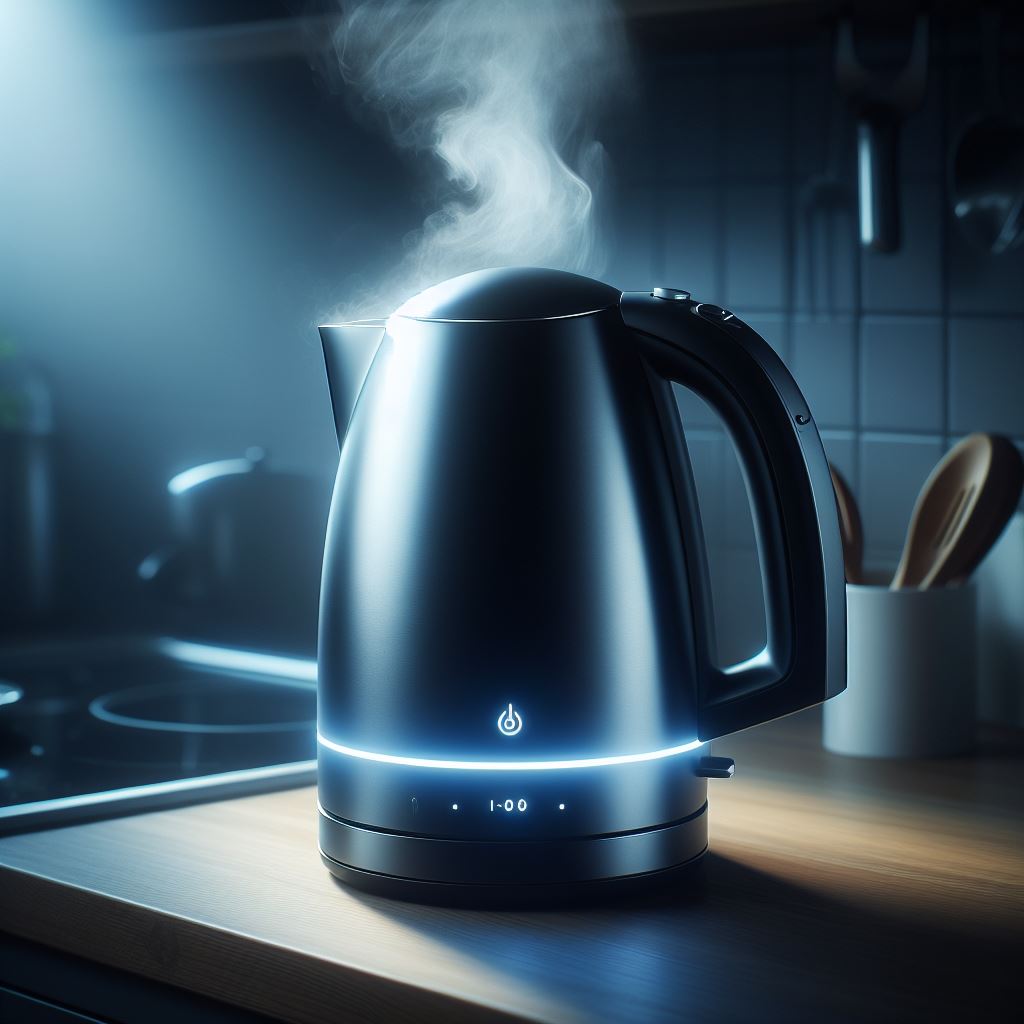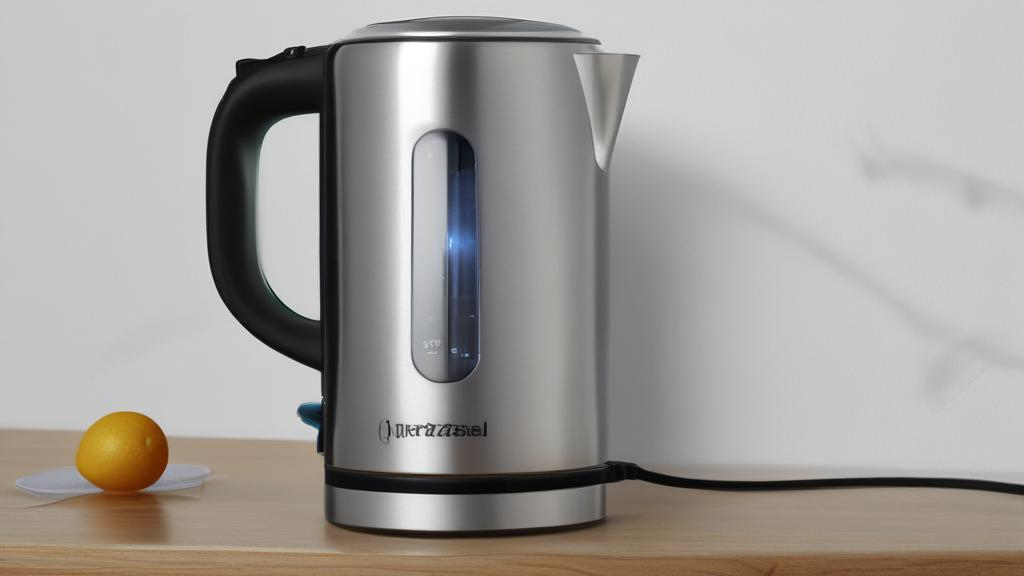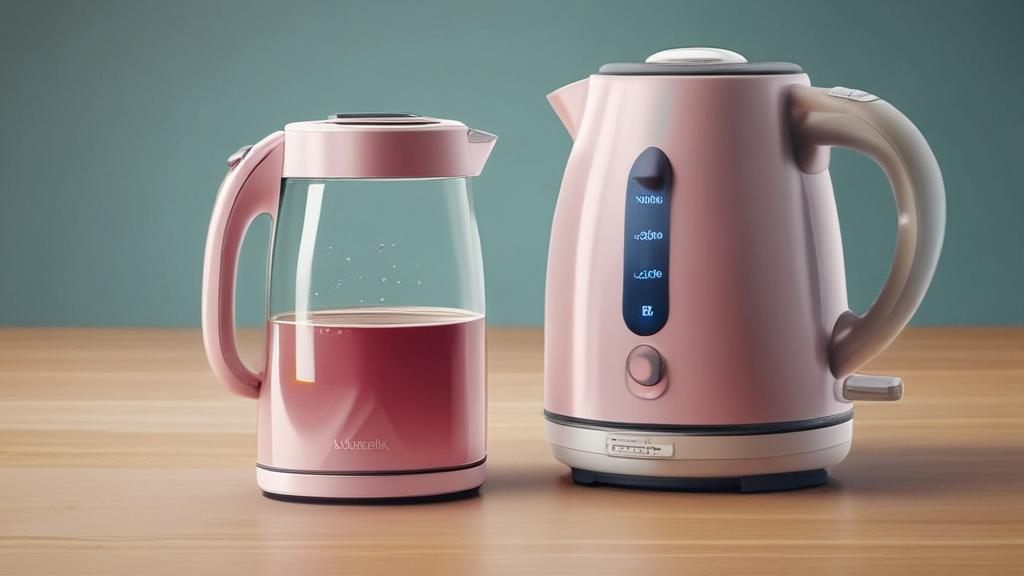The Role of MLCC in Electric Kettle

Electric kettles have become an indispensable appliance in modern kitchens, offering convenience and efficiency in boiling water for various purposes. Whether it’s for brewing a morning cup of tea or preparing instant noodles, electric kettles have revolutionized the way we heat water. One crucial component that plays a vital role in the performance and safety of electric kettles is the Multilayer Ceramic Capacitor (MLCC).
MLCCs are used in electric kettles to help regulate voltage, suppress electromagnetic interference, and ensure the appliance operates efficiently. They are essential for providing stable power supply to the kettle’s heating element, which is crucial for achieving the desired temperature quickly and safely.
In this blog, we will explore the significance of MLCCs in electric kettles, discussing their role, specifications, benefits, and future trends. We will also delve into the challenges faced in integrating MLCCs into electric kettles and how manufacturers are addressing them. Join us as we unravel the world of MLCCs and their impact on the functionality and performance of electric kettles.

Role of MLCCs in Electric Kettles
Multilayer Ceramic Capacitors (MLCCs) play a crucial role in the operation of electric kettles, contributing to both their performance and safety. These small but powerful components are used in various parts of the kettle’s circuitry to perform several key functions:
Voltage Regulation: MLCCs help regulate the voltage supplied to different components of the electric kettle, ensuring that the heating element receives a consistent and stable voltage. This is essential for efficient and safe operation, preventing overheating or underperformance.
Electromagnetic Interference (EMI) Suppression: Electric kettles, like many other electronic devices, generate electromagnetic interference that can interfere with other nearby electronic devices. MLCCs help suppress this interference, ensuring that the kettle operates smoothly without causing disruptions to other devices.
Filtering and Decoupling: MLCCs are used for filtering and decoupling in the electric kettle’s circuitry. They help remove noise and ensure that the power supply to the heating element is clean and stable, which is critical for achieving the desired temperature quickly and efficiently.
Safety Features: MLCCs also contribute to the safety features of electric kettles. They are often used in conjunction with other components to provide overvoltage protection, preventing damage to the kettle and ensuring user safety.
MLCC Specifications for Electric Kettles
When selecting Multilayer Ceramic Capacitors (MLCCs) for use in electric kettles, several key specifications must be considered to ensure optimal performance and safety. Here are the primary MLCC specifications relevant to electric kettles:
Capacitance: The capacitance of an MLCC determines how much charge it can store, affecting the amount of energy it can deliver to the kettle’s heating element. Capacitance values for electric kettles typically range from a few microfarads (µF) to tens of microfarads.
Voltage Rating: MLCCs used in electric kettles must have a voltage rating that exceeds the maximum voltage the kettle’s circuitry will experience. Typical voltage ratings for electric kettles range from 100V to 1000V, depending on the design and power requirements.
Temperature Coefficient: The temperature coefficient of an MLCC indicates how its capacitance changes with temperature. For electric kettles, MLCCs with a stable temperature coefficient are preferred to ensure consistent performance across a range of operating temperatures.
Size and Package: MLCCs for electric kettles must be compact to fit within the tight confines of the appliance’s circuitry. Surface mount MLCCs (SMD) are commonly used in electric kettles due to their small size and ease of integration.
Safety Certifications: MLCCs used in electric kettles should comply with relevant safety standards and certifications, such as UL, IEC, or RoHS, to ensure they meet the necessary safety requirements for consumer electronics.
Benefits of MLCCs in Electric Kettles
Multilayer Ceramic Capacitors (MLCCs) offer several key benefits when used in electric kettles, enhancing their performance, efficiency, and safety. Here are some of the main advantages:
Improved Energy Efficiency: MLCCs help regulate the voltage supplied to the heating element, ensuring that it operates at the optimal voltage for maximum energy efficiency. This helps reduce energy consumption and lowers electricity costs.
Enhanced Performance: By providing stable and consistent power supply, MLCCs help the heating element reach the desired temperature quickly and maintain it accurately. This results in faster boiling times and more precise temperature control.
Reliability and Durability: MLCCs are highly reliable components that can withstand the harsh operating conditions of electric kettles, including high temperatures and voltage fluctuations. This contributes to the overall durability and longevity of the appliance.
Safety Features: MLCCs play a crucial role in the safety features of electric kettles, helping to regulate voltage, suppress electromagnetic interference, and provide overvoltage protection. This ensures that the kettle operates safely and minimizes the risk of electrical hazards.
Compact Design: MLCCs are available in small, compact sizes, making them ideal for use in electric kettles where space is limited. Their small size allows for easy integration into the kettle’s circuitry without compromising on performance.

Safety and Regulations
Electric kettles are subject to strict safety standards and regulations to ensure their safe operation. Multilayer Ceramic Capacitors (MLCCs) play a crucial role in meeting these requirements and ensuring the safety of electric kettles. Here’s how:
Overvoltage Protection: Electric kettles are susceptible to overvoltage conditions, which can damage the appliance and pose a safety risk. MLCCs are used in conjunction with other components to provide overvoltage protection, ensuring that the kettle is protected from voltage spikes.
EMI Suppression: Electromagnetic interference (EMI) generated by electric kettles can interfere with other electronic devices and pose a safety risk. MLCCs are used to suppress EMI, reducing its impact and ensuring that the kettle operates smoothly without causing disruptions to other devices.
Compliance with Safety Standards: Electric kettles must comply with various safety standards and regulations, such as UL, IEC, or RoHS, to ensure their safe operation. MLCCs used in electric kettles are selected to meet these standards, ensuring that the appliance meets the necessary safety requirements.
Temperature Regulation: MLCCs help regulate the voltage supplied to the heating element in electric kettles, ensuring that it operates at the optimal voltage for safe and efficient operation. This helps prevent overheating and ensures that the kettle operates safely.
Component Reliability: MLCCs are highly reliable components that can withstand the harsh operating conditions of electric kettles, contributing to the overall reliability and safety of the appliance.
Overall, MLCCs play a crucial role in ensuring the safety and compliance of electric kettles with relevant safety standards and regulations, making them an essential component in these appliances.
